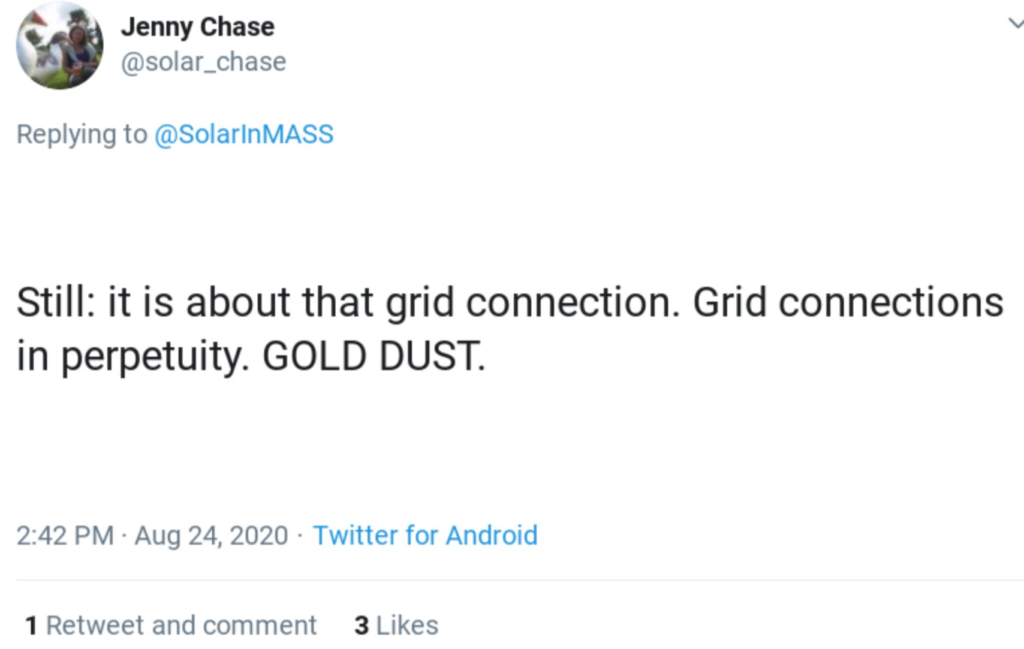It seems the world has seen a new record low solar+storage electricity price bid at 1.316¢/kWh, noted by Jenny Chase of Bloomberg New Energy Finance, and confirmed by pv magazine.
This price happens to be lower than the current lowest solar alone price in the world.
I think (if I heard Pedro Amaral Jorge right) we're about to see a price of 11 euros per MWh announced for Portugal's solar and storage auction.
This is a way to secure a valuable grid connection in perpetuity, it doesn't represent the cost of generation.
— Jenny Chase (@solar_chase) August 24, 2020
Later during the auction, there were mentions on Twitter of bids at 0.37¢/kWh (that’s less than a penny), and whispers of whispers of negatively priced long term solar electricity contracts.
Yeah, you heard that right. Negative priced electricity.
First, this negative number is only via mentions that this author saw floating around the internet, and CommercialSolarGuy has not read final confirmation of these numbers, nor fully heard of the deal structures. Other aspects of the bid have been confirmed, like the above record low value.
How’s this work though – this negatively priced electricity thing?
It has to do with the gold dust that a grid interconnection in perpetuity is.

A definition: interconnection. Your permission, from those who own and or manage the power grid, to push a certain amount of electricity through a specific point on said power grid. And once you get this permission, unless they tear down the power grid for some reason, you then own the rights to sell your electricity into the market at whatever you local rules are – forever.
How does this lead to a potential negative bid? In Portugal, there are two layers that we’ve heard from others so far. The first is via local developer Antonio Delgado Rial who said, “Securing land and connection access for PV parks in Portugal is more complicated than in Spain.”
Thus the insinuation, that being allowed to build – local zoning challenges – and being allowed to connect to the grid, had value in and of themselves.
But you still have to make some money. The contract structures being signed have been suggested as second layer.
https://twitter.com/eduardfoved/status/1297998060207972355
Last year’s record setting Portugal and Brazil bids, at their respective times, had contract structures whereby a portion of the electricity was sold at said record pricing, and the rest was sold via other financial structures.
Some non-contracted electricity is being sold into the merchant market – meaning they take a risk at getting whatever they can.
Other aspects of the contracts – that there’s only a 15 year lifetime on these deals, or on payments in other forms as noted by above French solar professional Eduard Foved above – allow investors to see revenue in other ways.
I’d like to expand upon the fifteen year contract lifetime just a bit:
This author has seen deals, where the owners and partial investors in solar projects are happy to make no money for the first 15-25 years. These long term owners sign 25- to 50-year, and longer, contracts with land owners – and pay off short term investors at an agreed upon time.
There are also investors who do nothing but purchase the interconnection right of old, and soon to be retired fossil fuel facilities. Just so they can make money for decades thereafter.
The rules are changing. We need let go of old ideas. I am fascinated with the evolution of the financial terms we’re seeing coming from our solar power projects.
